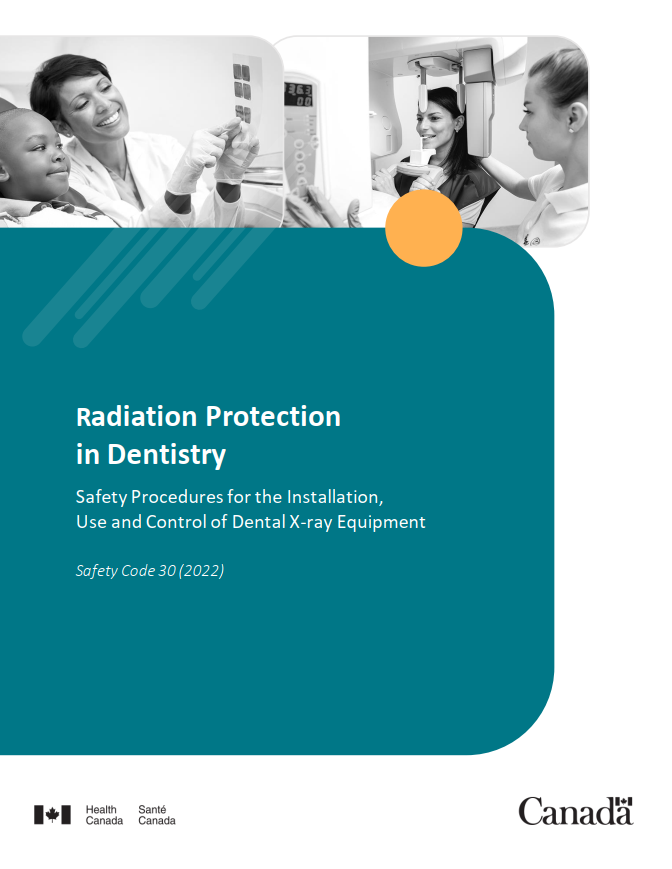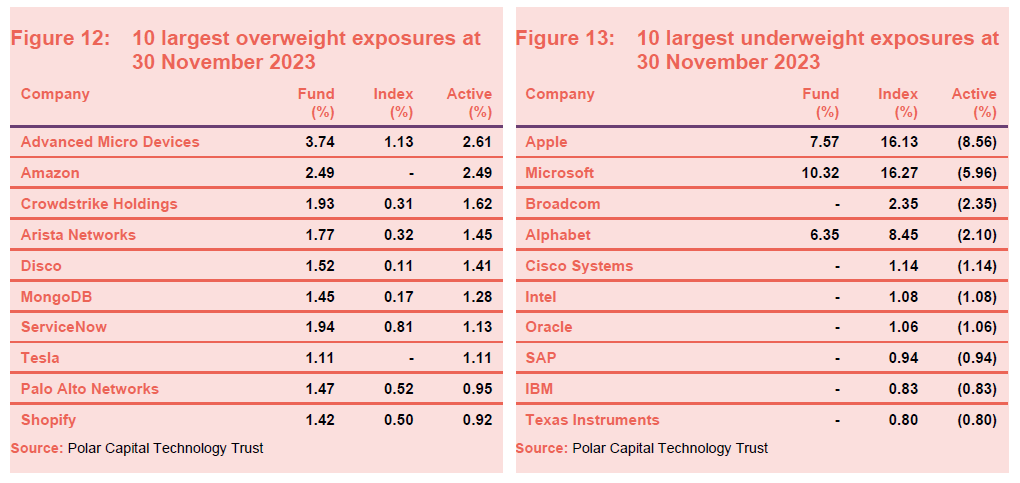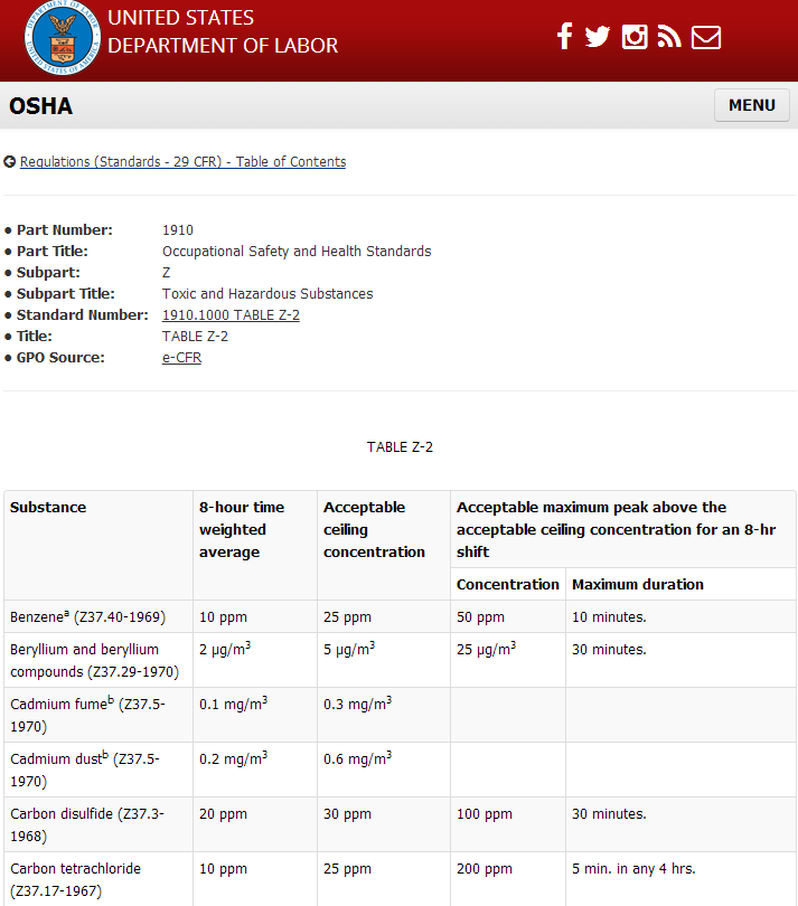Nov 2, 2023A permissible exposure limit, also known as a PEL, is a limit for an employee’s exposure to (most commonly) hazardous chemicals but also to other harmful agents such as noise. OSHA sets PELs as the legal requirement in the United States. OSHA has established PELs for hundreds of hazardous chemicals.
Radiation Protection in Dentistry Safety Procedures for the Installation, Use and Control of Dental X-ray Equipment Safety Code 30 (2022) – Canada.ca
Policy Statement on the Uses of TLVs ® and BEIs ®. The Threshold Limit Values (TLVs ®) and Biological Exposure Indices (BEIs ®) are developed as guidelines to assist in the control of health hazards.These recommendations or guidelines are intended for use in the practice of industrial hygiene, to be interpreted and applied only by a person trained in this discipline.

Source Image: blog.mingthein.com
Download Image
NIOSH’s recommended exposure limits (RELs) are considered to be authoritative federal guidelines that are used by OSHA and other government agencies to set federal standards and regulations. NIOSH sets its guidelines based solely on evidence of human harm. They are often lower—sometimes much lower—than the legally mandated exposure limits.

Source Image: scribd.com
Download Image
OSHA’s Standards on Hexavalent Chromium Safety – Online Safety Trainer
Understanding how PELs, TLVs and RELs work together can give you a clearer picture of the exposure threat your workers may face and steps you can take to protect those workers. The terms matter because harmful substances pose a serious risk to workers on a daily basis. Exposure to harmful substances or environments led to the deaths of 642

Source Image: atomiccouncil.go.ug
Download Image
Permissible Exposure Limits Are Levels Of Exposures Mandated By
Understanding how PELs, TLVs and RELs work together can give you a clearer picture of the exposure threat your workers may face and steps you can take to protect those workers. The terms matter because harmful substances pose a serious risk to workers on a daily basis. Exposure to harmful substances or environments led to the deaths of 642
For formaldehyde, the PEL is .75 ppm. Action Level/AL-Exposure Limits. these levels are established to ensure adequate protection of employees at exposures below the OSHA limits, but to minimize the compliance burdens for employers whose employees have exposure below the 8hour permissible exposure limit (PEL). The AL for formaldehyde is 0.5ppm.
Regulation of Non Ionizing Radiation in Uganda – Atomic Energy Council
(d) National Institute for Occupational Safety and Health (NIOSH) Recommended Exposure Limits (RELs) from the NIOSH Pocket Guide to Chemical Hazards ( https://www.cdc.gov/niosh/npg/) (NIOSH Web site accessed on October 18, 2019). RELs are for up to 10-hour time weighted averages (TWAs) during a 40-hour work week unless otherwise indicated.
Occupational Exposure Limits | PDF | Labor Relations | Working Conditions

Source Image: scribd.com
Download Image
Maximum Permissible Exposure (MPE) in Laser Safety
(d) National Institute for Occupational Safety and Health (NIOSH) Recommended Exposure Limits (RELs) from the NIOSH Pocket Guide to Chemical Hazards ( https://www.cdc.gov/niosh/npg/) (NIOSH Web site accessed on October 18, 2019). RELs are for up to 10-hour time weighted averages (TWAs) during a 40-hour work week unless otherwise indicated.

Source Image: lasersafetyindustries.com
Download Image
Radiation Protection in Dentistry Safety Procedures for the Installation, Use and Control of Dental X-ray Equipment Safety Code 30 (2022) – Canada.ca
Nov 2, 2023A permissible exposure limit, also known as a PEL, is a limit for an employee’s exposure to (most commonly) hazardous chemicals but also to other harmful agents such as noise. OSHA sets PELs as the legal requirement in the United States. OSHA has established PELs for hundreds of hazardous chemicals.

Source Image: canada.ca
Download Image
OSHA’s Standards on Hexavalent Chromium Safety – Online Safety Trainer
NIOSH’s recommended exposure limits (RELs) are considered to be authoritative federal guidelines that are used by OSHA and other government agencies to set federal standards and regulations. NIOSH sets its guidelines based solely on evidence of human harm. They are often lower—sometimes much lower—than the legally mandated exposure limits.

Source Image: onlinesafetytrainer.com
Download Image
Polar Capital Technology – The AI’s have it – QuotedData
A Permissible Exposure Limit (PEL) is the legal limit of a chemical substance or physical agent that a worker can be exposed to during a typical eight-hour day and a standard 40-hour work week. OSHA created PELs to protect workers who operate in potentially hazardous environments. A listing of PELS can be found in OSHA’s Standard 29CFR 1910.1000.

Source Image: quoteddata.com
Download Image
Welcome to ToxTutor – Toxicology MSDT
Understanding how PELs, TLVs and RELs work together can give you a clearer picture of the exposure threat your workers may face and steps you can take to protect those workers. The terms matter because harmful substances pose a serious risk to workers on a daily basis. Exposure to harmful substances or environments led to the deaths of 642

Source Image: toxmsdt.com
Download Image
Study Shows Asbestos Risks in Cement Utility Pipes
For formaldehyde, the PEL is .75 ppm. Action Level/AL-Exposure Limits. these levels are established to ensure adequate protection of employees at exposures below the OSHA limits, but to minimize the compliance burdens for employers whose employees have exposure below the 8hour permissible exposure limit (PEL). The AL for formaldehyde is 0.5ppm.

Source Image: mesotheliomaguide.com
Download Image
Maximum Permissible Exposure (MPE) in Laser Safety
Study Shows Asbestos Risks in Cement Utility Pipes
Policy Statement on the Uses of TLVs ® and BEIs ®. The Threshold Limit Values (TLVs ®) and Biological Exposure Indices (BEIs ®) are developed as guidelines to assist in the control of health hazards.These recommendations or guidelines are intended for use in the practice of industrial hygiene, to be interpreted and applied only by a person trained in this discipline.
OSHA’s Standards on Hexavalent Chromium Safety – Online Safety Trainer Welcome to ToxTutor – Toxicology MSDT
A Permissible Exposure Limit (PEL) is the legal limit of a chemical substance or physical agent that a worker can be exposed to during a typical eight-hour day and a standard 40-hour work week. OSHA created PELs to protect workers who operate in potentially hazardous environments. A listing of PELS can be found in OSHA’s Standard 29CFR 1910.1000.